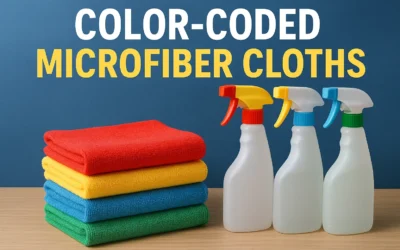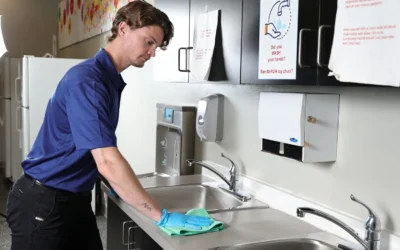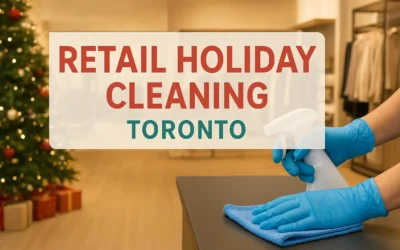Introduction: A Clean Restaurant Is a Compliant Restaurant
Health inspections can happen at any time—and how your restaurant performs depends on your daily cleaning habits. A clean, well-maintained space not only meets regulatory standards but also builds customer confidence and food safety credibility. With a smart cleaning checklist built around inspection criteria, you’ll always be prepared—no surprises, no stress.
1. Daily Cleaning Routine: Your First Line of Defense
Daily cleaning keeps bacteria, odors, and clutter under control. It’s the foundation for passing any inspection.
Front of Restaurant:
- Sanitize tables, chairs, and condiment holders after every guest
- Sweep and mop floors using a disinfectant solution
- Wipe door handles, menus, and payment terminals
- Empty trash bins frequently and replace liners
Kitchen & Prep Areas:
- Wipe and disinfect all prep surfaces before and after service
- Clean grills, fryers, and ovens at the end of each shift
- Empty grease traps and sanitize sinks
- Mop floors and check drains for debris
Restrooms:
- Disinfect toilets, sinks, and faucets multiple times a day
- Refill soap, sanitizer, and paper products
- Mop with an antibacterial cleaner and air out the space
2. Weekly Cleaning Schedule: Deepen the Shine
Weekly tasks go beyond surface-level cleaning to handle buildup and hidden messes.
Kitchen Equipment:
- Degrease and clean hoods, vents, and filters
- Sanitize refrigerator and freezer interiors
- Wash shelving and food containers
- Clean coffee machines, soda fountains, and beverage lines
Dining Area:
- Dust wall art, vents, and ceiling fans
- Vacuum upholstered seating
- Wash interior and exterior windows
3. Monthly & Deep Cleaning: Go Beyond Compliance
A monthly deep clean targets areas often overlooked but closely inspected by health officials.
Back of House:
- Pull out heavy appliances to clean behind and underneath
- Descale dishwashers and sanitize ice machines
- Inspect pest control traps and refill as needed
- Deep clean floor mats and drains
Front of House:
- Steam clean carpets and polish floors
- Clean light fixtures, signage, and entryways
- Refresh paint or wall finishes if necessary
4. Health Inspection Readiness Checklist
Health inspectors focus on consistency, documentation, and sanitation. Before an inspection, review these essentials:
- Food Storage: Label, date, and separate raw and cooked foods.
- Temperature Logs: Check refrigeration (≤ 40°F / 4°C) and hot holding (>140°F / 60°C) equipment.
- Employee Hygiene: Ensure staff wear gloves, wash hands frequently, and use hair restraints.
- Documentation: Keep cleaning logs, pest control reports, and staff training records updated.
- Waste Disposal: Maintain clean, covered bins and regular pickup schedules.
- Chemical Safety: Store cleaning agents separately and label correctly.
5. Staying Inspection-Ready Year-Round
Passing a health inspection isn’t a one-time task—it’s a continuous practice. Build a culture of cleanliness:
- Schedule brief “spot checks” weekly to catch issues early.
- Assign clear cleaning responsibilities to every shift.
- Keep a visual checklist posted for accountability.
- Reward teams that maintain top sanitation scores.
This proactive mindset not only ensures compliance but also improves workplace efficiency and customer trust.
Conclusion: Cleanliness Is the Key to Success
Cleanliness goes beyond appearances—it reflects your restaurant’s integrity, safety, and professionalism. When every surface, tool, and habit supports a hygienic environment, you’re not just ready for a health inspection; you’re building a brand customers can trust.





